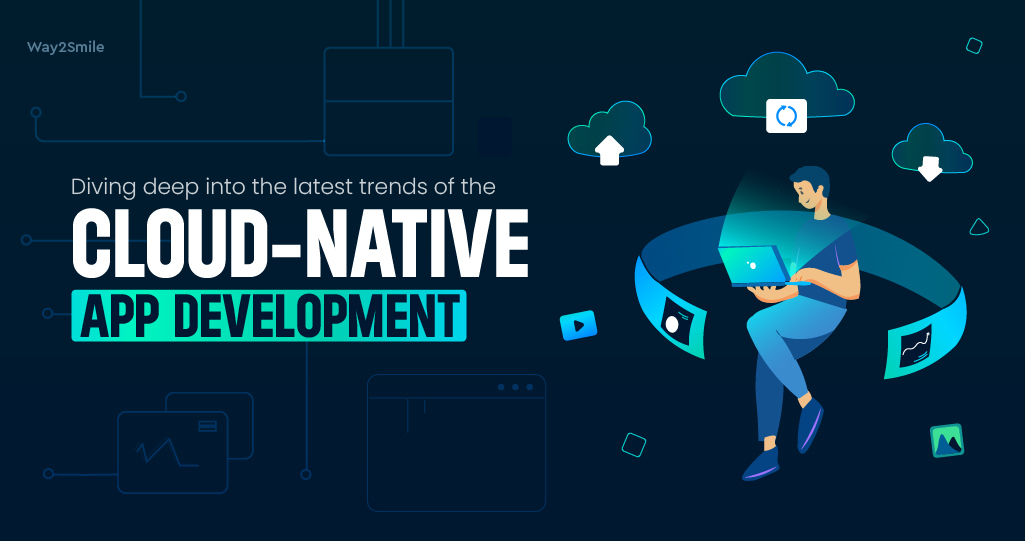
The lift and shift culture: Diving deep into the latest trends of the Cloud-native app development
Cloud-native app development has been widely adopted by many companies around the world and has become a sensational hit after its launch in the market. A company named “Docker” raised $105 million in less than a year to accelerate the investments in Developer Productivity, Trusted Content, and Ecosystem Partnerships.
The cloud-native application development approach has implemented strategies to make the transition to the lift and shift the culture to attain business efficiency at greater speed and offers the best customer experience. Now, companies are slowly becoming attracted towards cloud-native application development to reshape their enterprise IT architecture. The cloud-native application has been the spark for many businesses to think beyond the impossible, providing round the clock availability and accessibility, and increased connectivity and scalability.

What is a cloud-native application?
A cloud-native application is a program essentially designed for a cloud computing architecture. Cloud-native applications are run and hosted on a cloud platform and inherit characteristics similar to those of a cloud computing software delivery model.
This application uses a microservice architecture that allocates resources to each service that the application uses. It makes the application flexible and adaptable to a cloud architecture, and also features a shorter application lifecycle and is highly manageable, observable, and resilient.
Hand-Picked Related Content ☛ Will Cloud Computing be the future of Enterprise Application Platforms?
What are the emerging trends in cloud computing?
Serverless Computing
Serverless computing is bound to containerization, which simplifies the application lifecycle in a cloud-native environment. It is highly worthwhile to scale, provision, patch, and schedule for companies to ease the complexity of their problems and handle the infrastructure smoothly.
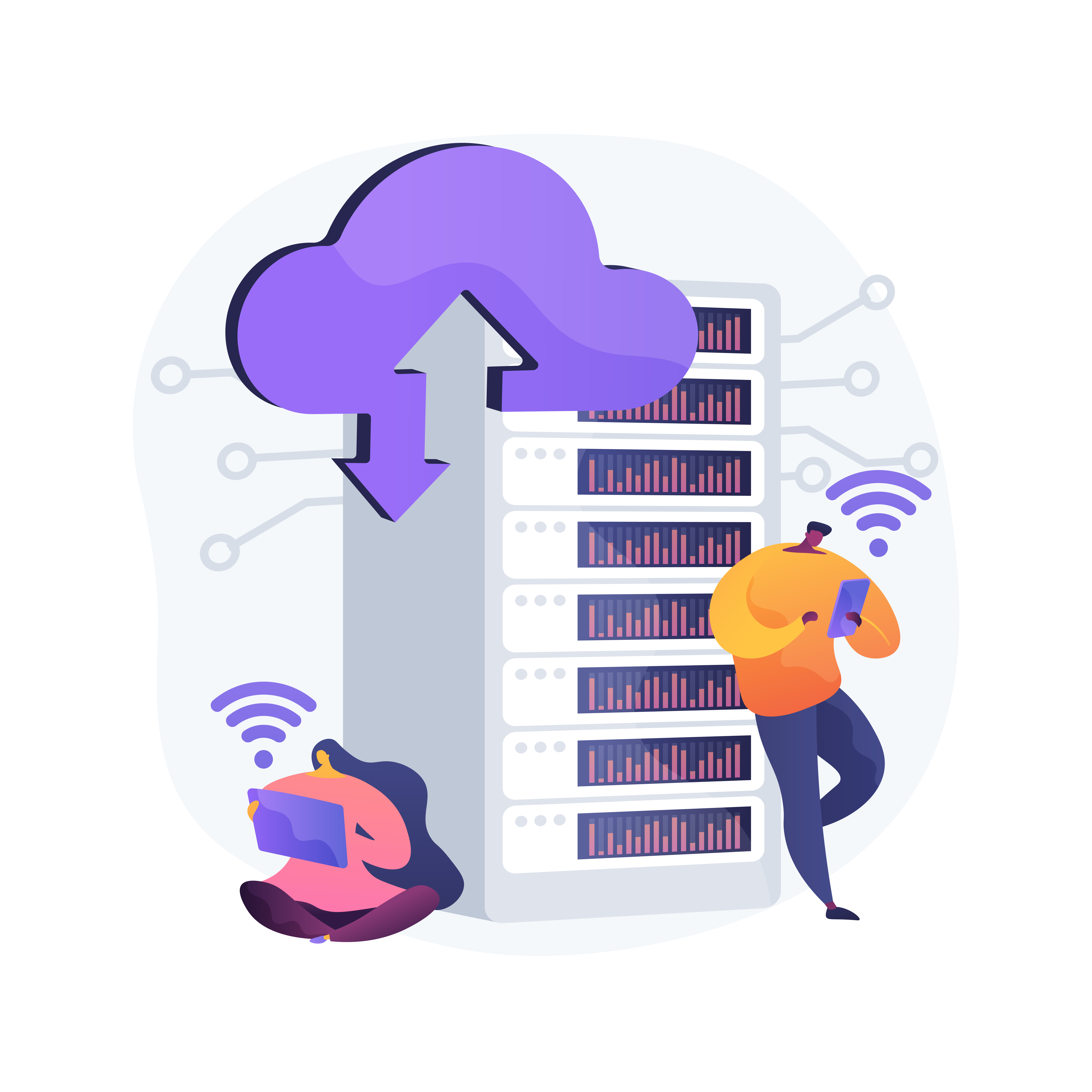
The computing resources are on great demand and companies need to pay as per the services and tools availed from the cloud providers. However, serverless computing has benefited developers by allowing them to solely focus on building, optimizing, and operating cloud-native applications efficiently.
Kubernetes and Containerization
A container-orchestration system, Kubernetes, has paved the way for developers to easily deploy, manage, and scale cloud-native applications error-free. Containerization ensures the cloud-native application’s lifecycle is simplified. It is capable of rolling out the configuration changes, deploying the storage system of their choice, and balancing the workload.
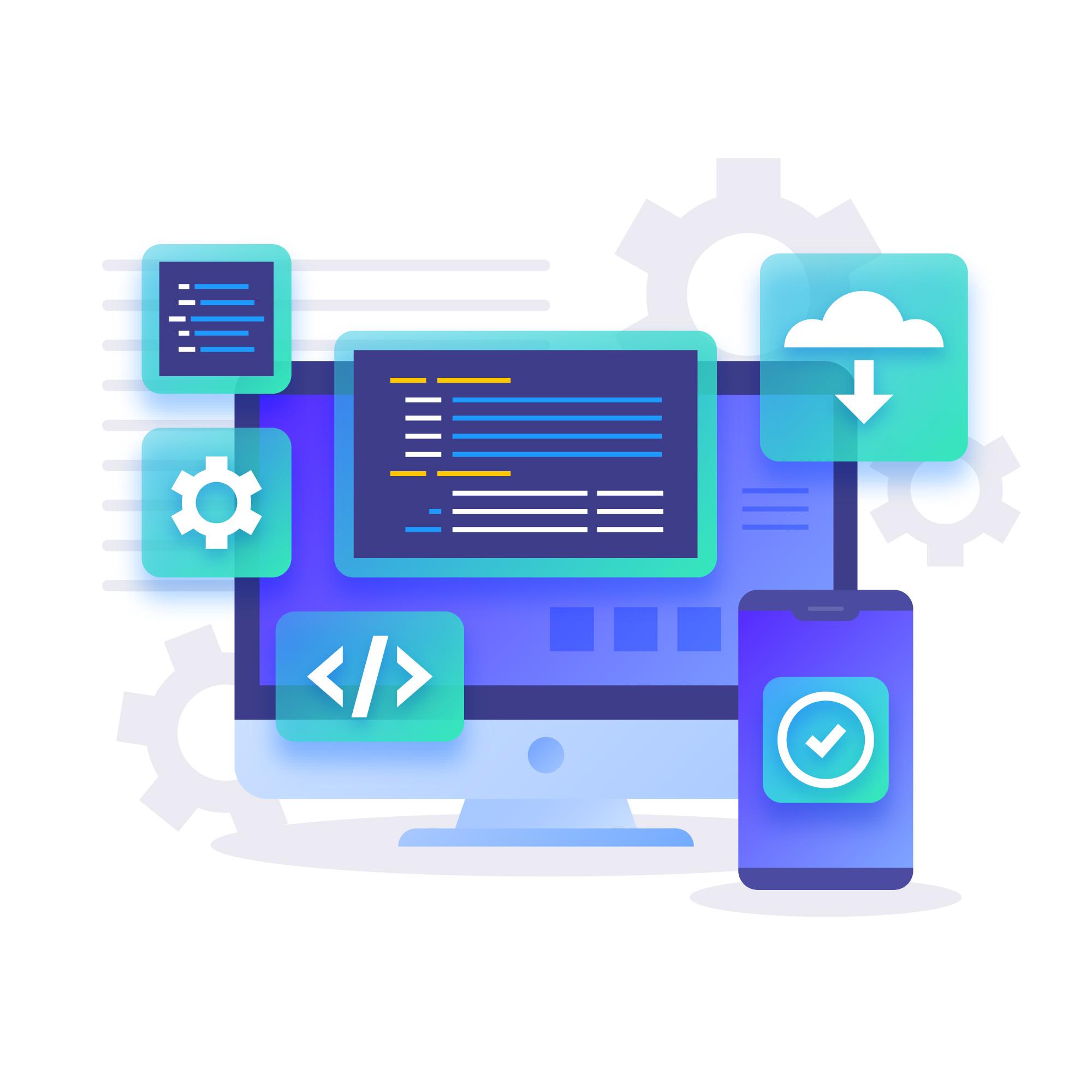
Kubernetes automates functions for alerts and notifications and is capable of resolving issues if the container fails to perform its scheduled tasks. Moreover, the open-source system helps cloud-native applications manage internal and external functioning protocols and regulations.
Infrastructure as Code (IaC)
Infrastructure as Code is another trend that has improved the performance of cloud-native applications. The developers’ workload has been reduced by enabling IT infrastructure provisioning automation. The developers have focused on tasks such as coding, developing, testing, deploying cloud-native applications and performing repeated IT provisioning.
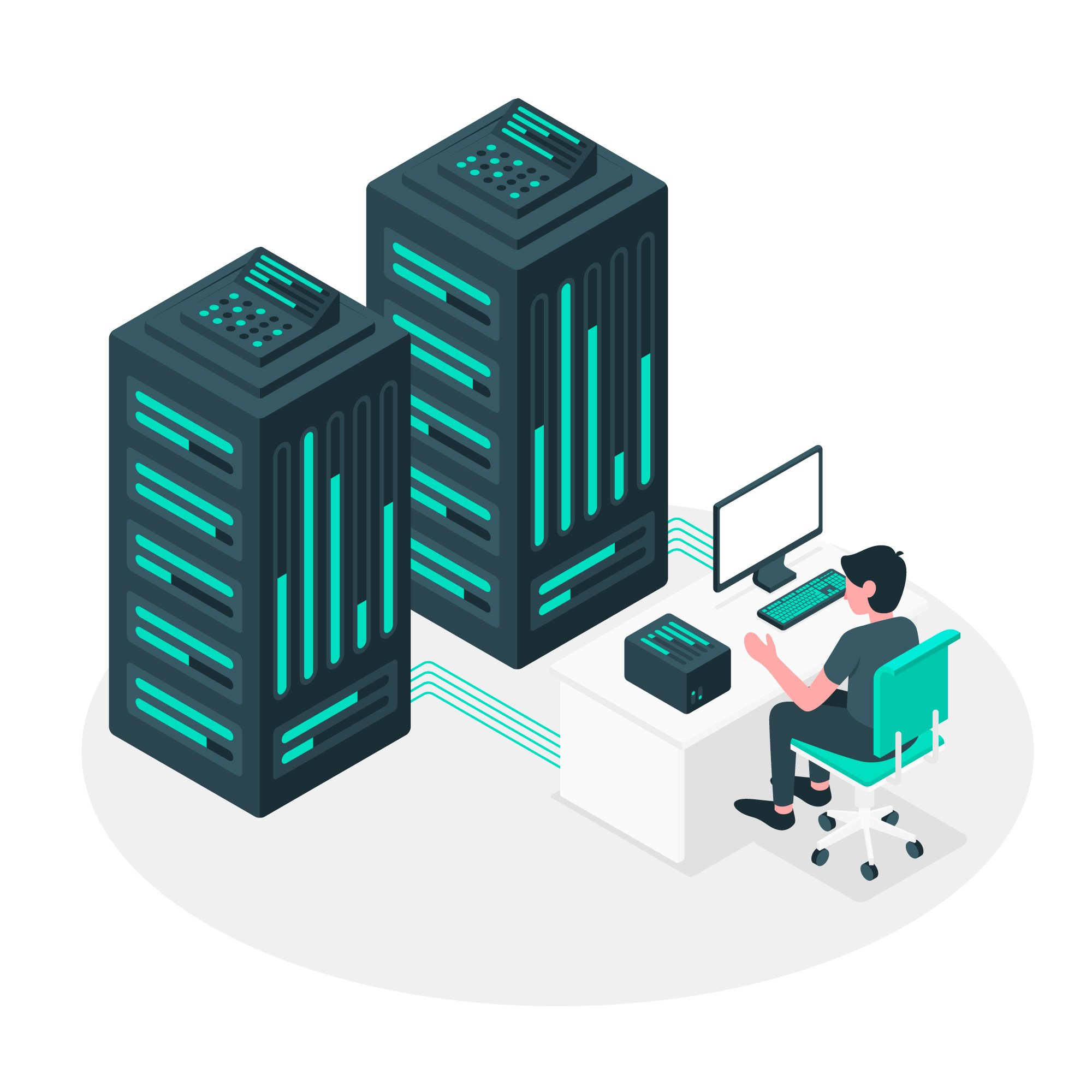
IaC ensures the acceleration of the end-to-end software delivery lifecycle and governs the management of application environments. The growth in agility and scalability while deploying in the cloud has significantly helped the enterprise digital transformation journey by reducing deployment costs and mitigating risks.
Edge Computing
Edge computing has more value and principles that help to extend the cloud computing capabilities for better opportunities and provide enhanced mobility to the cloud. Cloud-native edge solutions have offered services for IT consulting firms to experience the flexible nature of containerized applications that work efficiently for their use.
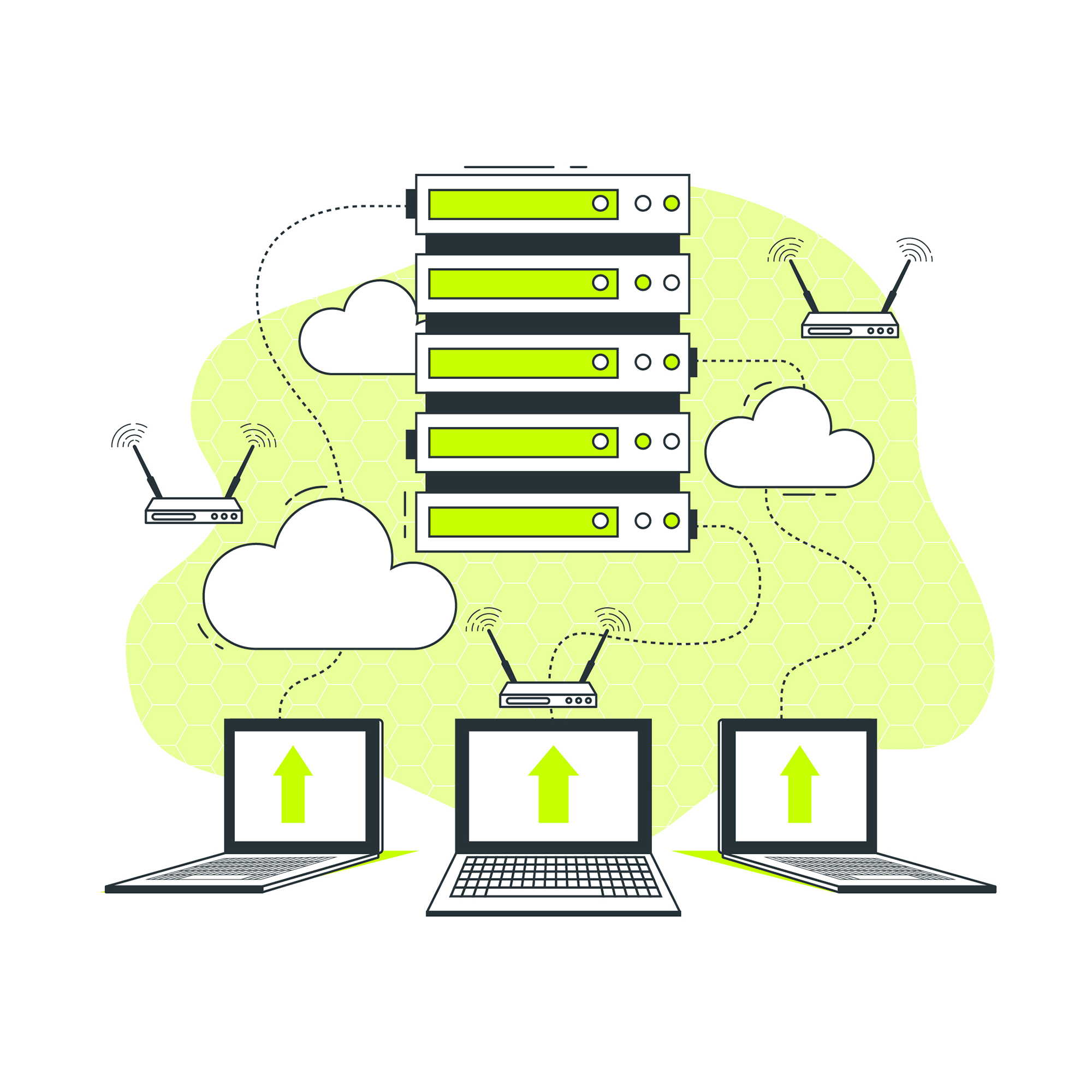
The solutions have improved the overall performance of multi-cloud environments such as public, private, and hybrid. The creation of interoperable platforms has allowed developers to handle the development and deployment process at a greater speed.
DevSecOps
The cloud-native architecture is complex but has passed the security tests during the development processes. At times, it results from security gaps and breaches, which are efficiently resolved with the approach of DevSecOps to bridge the gap between code and product security in the cloud.

The development process of cloud-native applications has integrated security features that are built efficiently using advanced technologies like Artificial Intelligence and Machine Learning. The developers have started to automate tests for the products’ security by adopting cloud-native development in a serverless environment to overcome risks and ensure fast deployment cycles.
Service Mesh with Microservices
The demand for microservices started to soar when expectations started to be met by modernizing cloud-native applications and having the deployment cycle be agile and scalable. The microservices architecture simplifies product development and makes services independent to overcome the complexities.

Service mesh has helped developers to experience reduced dependency and focus mainly on developing, deploying, and managing applications. Service mesh is considered the core building block for applications developed in the cloud. It helps to build enterprise applications with attractive features and functions to overcome challenges.
Hand-Picked Related Content ☛ Native Mobile App Development- An Ultimate Guide
What are the enticing benefits offered by cloud-native applications?
A cloud-native architecture offers many advantages over traditional web frameworks. It allows easy deployment & supports faster application building, and enable scalability as needed. Many digital transformation solution providers provide practical cloud-native app solutions to different businesses, ultimately boosting their efficiency, agility, and innovation.
-
Cost-effective
The virtual servers are best for testing and can run fast with cloud-native applications. Containers are widely used to increase the number of microservices run on a host to save time, resources, and money.
-
Easy to manage
Cloud-native application eases the process of deploying app features and updates to make developers track all microservices and components in less time. The applications are divided into smaller services for developers to focus on a specific microservice.
-
Portability
Cloud-native applications rely on the use of containers to port microservices between different vendors’ infrastructures and prevent them from locking in.
-
Reliable
The use of containers on cloud-based applications does not affect the other applications if a failure occurs in one microservice.
-
Scalable
The change in microservice will not affect the other since it is logically isolated and can scale independently. The cloud-native architecture updates the components of the application faster.
-
Visibility
The microservice architecture is simple and understandable for developers to learn how they function together since it isolates services.
Summing Up
Cloud-native applications are the best fit for various organizations, enabling microservices that operate securely. Every next level demands the best-updated version, and cloud-native applications are one such software to count on for managing the lift and shift culture. Investors can connect with the top cloud-native application development services to experience significant changes in their business, such as faster change than before, autonomous teams, cloud-native and small, independent services on different platforms at an affordable price.
